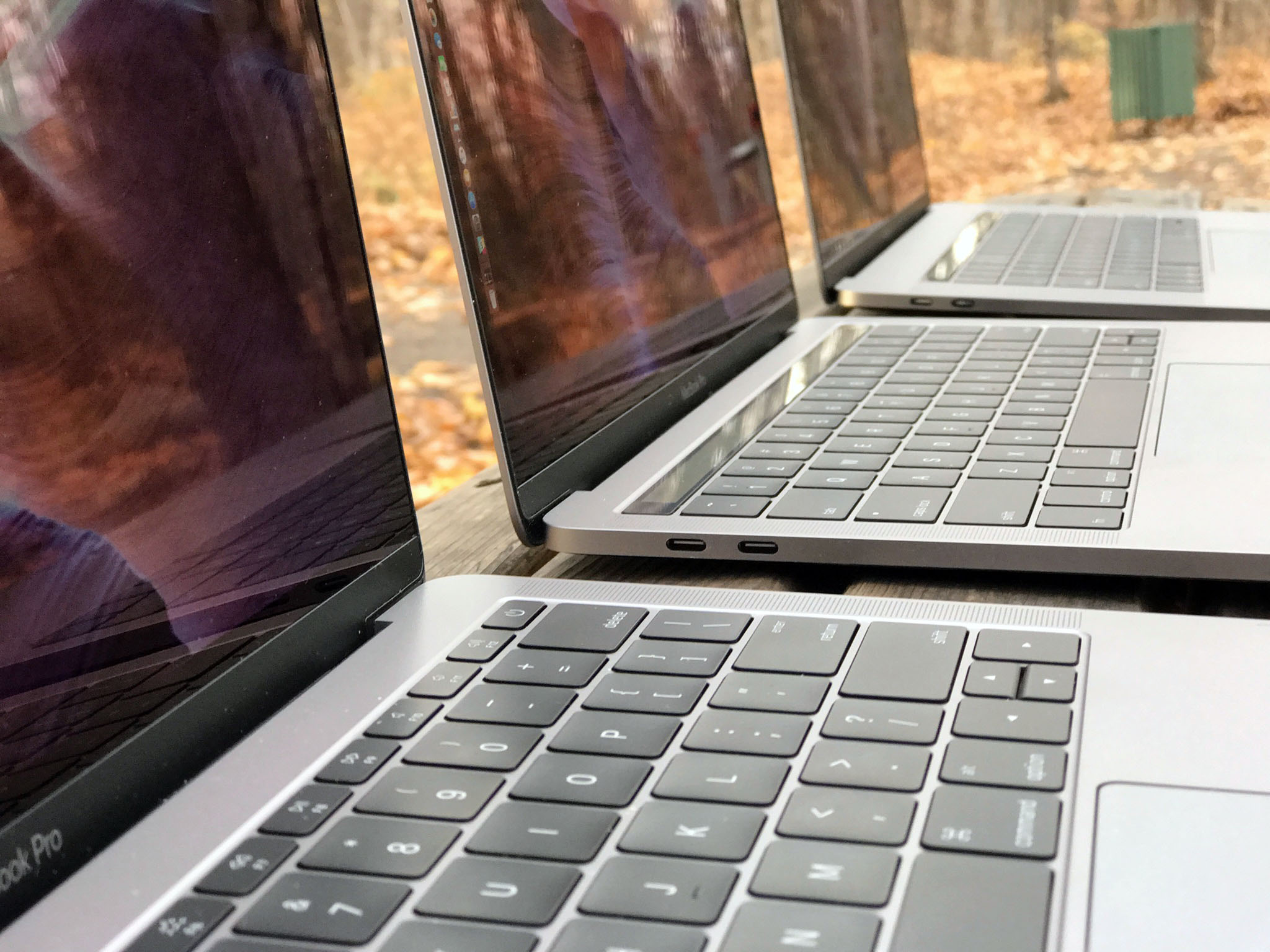Intel's Kaby Lake, Coffee Lake, Cannon Lake, and beyond: Everything you need to know

Intel CPUs have been at the heart of Apple's Mac laptops and desktops since the switch from PowerPC back in 2006. Currently, that includes the Core Duo series used in MacBook Pro, Mac mini, and iMac; the Core M series used in MacBook; and the Xeon series used with the Mac Pro. Each processor is also distinguished by generation: Previously Haswell or Broadwell, currently Kaby Lake or Coffee Lake.
Once upon a time, Intel was on a "tick-tock" schedule where one generation would introduce a die-shrink (tinier and tinier transistors) and the next a new architecture. Now that the company has hit 14 nanometers and is seemingly having issues approaching 10 nanometers, physics has forced them to slow down … and pad out. The schedule is now more like a "tick-tock-tock-tock-tock." That means the generations have gotten more complicated, more numerous, and more confusing. Instead of going from Sky Lake to Cannon Lake, Intel is slated to go from Sky Lake to Kaby Lake to Coffee Lake to Ice Lake to Whiskey Lake to Cascade Lake to Cannon Lake. Phew!
Here's what that means for you and for the Mac.
Base clocks, boost clocks, and thermal throttling on MacBook Pro: Everything you need to know!
Kaby Lake
Kaby Lake is Intel's 7th generation architecture and is the oldest architecture available across much of Apple's Mac current lineup. Although very little changed from Sky Lake, the previous generation, to Kaby Lake — both being on the 14nm process — Kaby Lake's refined process allows for better quality CPUs with less power consumption.
It also offers slightly faster clock speeds, both base and higher turbo, and hardware support for video codecs such as H.264, HEVC (H.265), and VP9. Key for Apple, Kaby Lake supports 10-bit HEVC. That means current generation Macs can playback 4K video with built-in hardware support. Kaby Lake and beyond also support 4K HDR (high dynamic range) video.
Coffee Lake
One of the most impactful changes in Coffee Lake is the addition of two more cores on the processor. Depending on the model, you'll now have up to six cores and 12 threads. Desktop versions will have six cores for the Core i7 series. In order to get six cores on mobile, you'll have to go with the Core i9. The previous breed of Intel desktop CPUs topped out at four cores and eight threads for their consumer level products. Having more cores and more threads allow for faster computations in productivity related tasks such as image manipulation and video editing.
Master your iPhone in minutes
iMore offers spot-on advice and guidance from our team of experts, with decades of Apple device experience to lean on. Learn more with iMore!
There is also support for faster memory speeds, and updates to Thunderbolt 3.0 and USB 3.1 ports. Although not necessarily a response to AMD's 16 core 32 thread Ryzen Threadripper CPU, it's nice to see that competitive products give consumers better and faster technology.
Cannon Lake
Going from Coffee Lake's 14nm process to Cannon Lake's 10nm process could help in a number of ways.
Cannon Lake is the codename for the 10nm Intel CPU architecture was slated for release sometime late 2017 to early 2018. Rumors now suggest that Cannon Lake won't see the light of day until sometime in 2019 due to the issues Intel is having with making chips at the 10 nanometer process.
Going from Coffee Lake's 14nm process to Cannon Lake's 10nm process could help in a number of ways.
First, cost. When manufacturing a CPU or GPU, the manufacturer will create a multitude of CPUs on a single sheet of silicon called a wafer. The smaller the manufacturing process, the more CPUs or GPUs a manufacturer can create on a single wafer. Wafers can also have inherent microscopic defects that won't be discovered until after all of the CPUs are cut or created. Having a smaller process will reduce the chance that any CPU will have a defect.
Second, CPU size (die size). If Intel were to make no changes between the 14nm Coffee Lake and the 10nm Cannon Lake, the smaller die size would still require less power to run it. That translates into longer battery life and lower thermal output. Both good things.
With those reductions, Intel can (and probably will) increase the core clock speed to allow for even faster CPUs. They can also improve performance by increasing the number of transistors and the number of cores (thanks again also to pressure from AMD consumer CPUs).
On top of the process shrink to 10nm, there might also be improvements to the various hardware components like Thunderbolt and USB ports.
Ice Lake and beyond
Assuming 10nm is as difficult for Intel as the 14nm process seems to be, the company could do with Ice Lake and subsequent generations what the company did with the decompressed 14nm generation: roll out smaller, more incremental changes over time as quality, yield, codecs, interconnects, and other technologies mature.
However, this might be a moot point where Apple is concerned. There are musings of Apple ditching Intel entirely by 2020 and using Apple made silicon instead. Apple famously switched from PowerPC in the past and seeing how much Apple is seemingly frustrated by Intel's lack of processor innovation, you know darn well macOS is happily running on an Apple A11 processor in one of their secret labs.
Any questions on Mac processors?
Personally, I don't want to wait for future Intel processors to get lower power requirements, more cores, and faster clock speeds per core. Nor do I want to have a switch to RISC based CPUs Apple made or otherwise. AMD is already offering faster and better processors with Ryzen. I want Apple to have the option for AMD Ryzen CPUs in their lineup, the way the company already offers AMD graphics.
If you have any questions or comments, let me know below!

